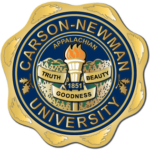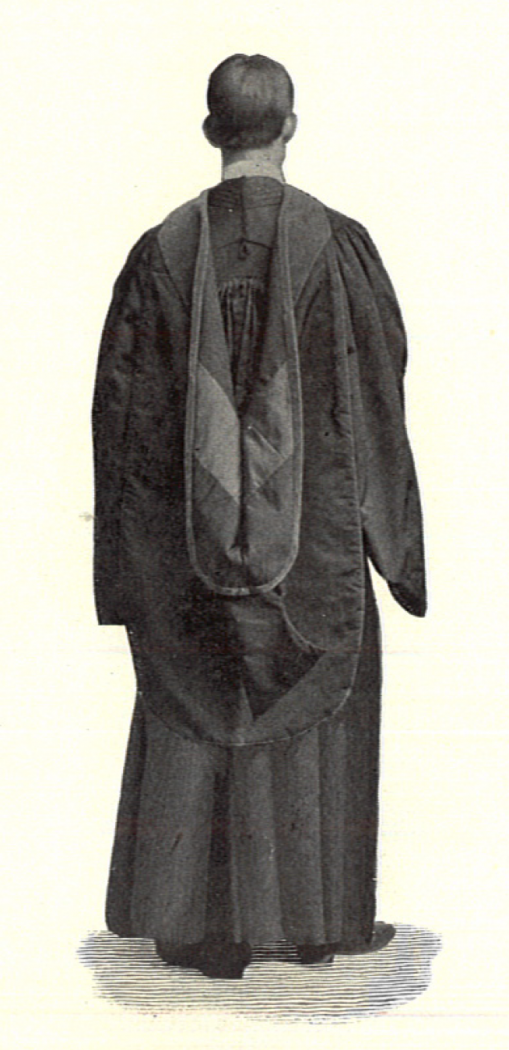Carson-Newman University
Tennessee
1851


VELVET CHEVRON
A committee of faculty and students selected orange and blue as the colors of Carson-Newman College in 1890. Vintage Carson-Newman pennants, postcards, decals, and other collegiate memorabilia exhibit a medium to dark shade of blue.
Citations in the World Almanac (listed by cover date; color information is from the previous year): orange/blue (1923-1935)



On 16 May 1895 the Intercollegiate Commission on Academic Costume approved a uniform system of caps, gowns, and hoods for American colleges and universities called the “Intercollegiate Code of Academic Costume”. The commissioners intended for every college and university to use a unique arrangement of the school colors in their hood lining which would enable an observer to “read” the hood and thereby identify the alma mater of the hood’s owner. The commissioners were initially stymied by the fact that many colleges and universities used the same school colors until Gardner Cotrell Leonard, the Director of the Intercollegiate Bureau of Academic Costume (IBAC) and an advisor to the Commission, suggested that various heraldic divisions of the colors might be employed to create distinctive hood lining patterns that could be individually assigned to each school that chose to follow the Intercollegiate Code.
The chevron was by far the most common heraldic division the IBAC used to divide the two or three colors in an institution’s hood lining, which was tailored from silk or satin. By 1927, however, the IBAC assigned a velvet chevron on a silk hood lining to a handful of schools, instead of the standard silk chevron that matched the silk lining of the hood.
The Intercollegiate Bureau assigned Carson-Newman College a hood lining that was “sky blue” with a “deep yellow” velvet chevron no later than 1927, according to an IBAC list from that period. This description is odd. “Sky blue” is a light or azure blue and “deep yellow” is a dark yellow, but neither was consistent with the college’s (medium to dark) blue and orange colors. So Carson-Newman may have sent a color sample that was misinterpreted by the IBAC, or perhaps the Bureau shifted the college’s colors to avoid duplicating the numerous blue and orange hood lining patterns that had already been assigned – a modification that would have been unnecessary because the velvet chevron would have been enough to distinguish Carson-Newman’s blue and orange hood from the rest. The most likely explanation for these anomalous colors is that they were the muddled result of several early IBAC revisions to their data on the college. Later Intercollegiate Bureau lists from 1948 and 1972 repeated the same inaccurate colors, and the 1972 description did not describe the chevron as being velvet.
Here Carson-Newman’s hood lining has been restored to what was probably the Intercollegiate Bureau of Academic Costume’s originally-intended design. The college’s correct colors have been used, and the IBAC’s velvet chevron has been retained to accomplish what it was intended to do – to avoid duplication with other assigned hood linings that used the same colors, like the University of Virginia (navy blue with an orange chevron).